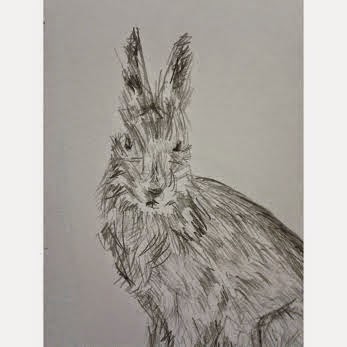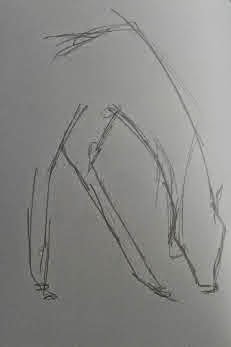Previous agencies I have looked at that are relative to this and aim to create and produce for the consumer are:
- Pearlfisher - focus on food
- Big Active - small audience, focus on music
- Debut Art - western market
- El Roboto
- The Outsiders Gallery
Who am I?
- What do I buy? I am interested in quirky handmade products made by small, not very popular companies. I am also interested in books by most genres.
- What demographic am I? I am a part of the young adults who are interested in quirky individual/creative makes. I am also apart of a wide range of different categories in terms of my literature interests, but within the age range of teen/young adult - adult.
- How am I targeted? I am mostly targeted through the internet, because whilst using many different sites including social media, it is easy to be introduced to, or see an advertisement/link to a small sales page that might look inviting. Also pop ups on sites, if I have previously browsed things that are of interest to me over the internet, I can be shown a pop up which will display things to me that I have been known to look at before. This as well as leaflets, posters and advertisements on the television and radio are also a way of targeting me when at home or out and about.
- What sets me apart from the general public? I would not say that anything much made me stand out from others in terms of my personal interests, however most people my age are more interested in things like modern day technology rather than crafts and literature. As a student of a creative industry however, I am more likely to be surrounded by people of a similar interest and am likely to tell others about particular companies.
The market
The market is a very broad and extensive thing, which is ever changing. This in turn means that the consumer is also ever changing, as new trends come and go, as do consumers. Within the digital world for example, wants and desires change and develop much faster, due to produce constantly updating, meaning everybody wants the latest. Marketing is a way of telling the consumers exactly what they want or need to keep up to date, thus knowing the consumer is highly important, so that advertising produce to an individual ends successfully.When looking at literature, it is obvious that with this being such a broad and detailed market, the consumer interested must be targeted exactly. The world is constantly changing, and technology is striving further and further forward, meaning that many people do not even wish to purchase the actual book itself, and would prefer to purchase just the words to read on a something like a kindle. There is a massive amount of options available to a reader, not just in terms of age ranges, genres, authors and themes but also in the latest equipment, story CDs, reading for the visual impaired etc. This also in turn means, that there is a massive amount to consider for an author or designer who is ready to put their work out onto the shelves. This site explains just a few of the things that are necessary to consider for an author who wishes to become more known. If you are looking to become more known within this kind of market, you cannot just work with something that you personally are very interested in. It is very important that you research every aspect possible in terms of what is popular today in order for the vaster majority of people to take a keen notice towards you.




































































